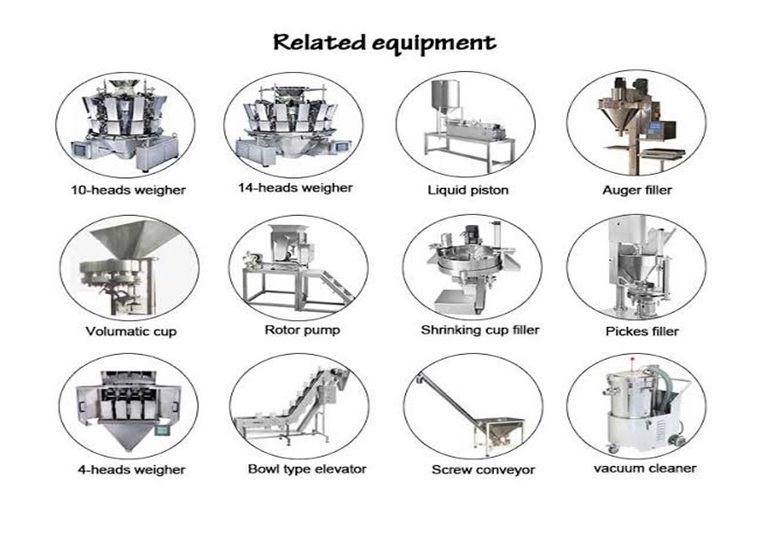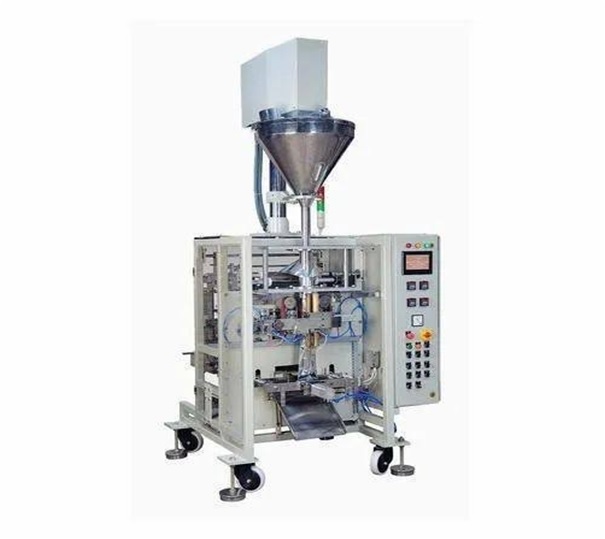
It sounds like we're describing a range of filling machines and systems used in the packaging industry to fill containers, such as bottles or pouches, with various types of products, including food and beverages. These filling machines play a crucial role in the packaging process and can be highly versatile to accommodate different product characteristics and production needs. Here are some key points to understand about filling machines in the packaging industry:
Diverse Applications: Filling machines are used in a wide range of industries, including food and beverage, pharmaceuticals, cosmetics, and more. They can fill containers with products like liquids, solids, semi-solids, powders, and even gases.
Capacity and Flexibility: Filling machines come in various capacities to handle different production volumes. They can be customized to meet the specific requirements of a product, including its viscosity, temperature, and packaging format (bottles, pouches, etc.).
Integration: Many filling systems are designed to be easily integrated into existing packaging lines. This helps improve overall efficiency, speed, and versatility in the production process.
Safety Features: Ensuring product safety and quality is crucial in the food and beverage industry. Filling machines often incorporate safety features to prevent contamination and ensure accurate filling.
Types of Fillers: There are several types of fillers used, including gravity fillers, piston fillers, vacuum fillers, rotary fillers, and more. Each type is suitable for specific product characteristics and packaging requirements.
Automation: Filling machines can be either semi-automatic or fully automatic. Automation helps increase production speed and consistency while reducing labor costs.
Packaging Materials: The choice of packaging materials, such as glass, plastic, or flexible pouches, can influence the type of filling machine used.
Product Characteristics: The characteristics of the product being filled, such as its viscosity, foaming properties, and temperature, play a significant role in selecting the appropriate filling technology.
Shelf Life and Quality: Filling machines must be designed to maintain product quality and ensure a product's shelf life by minimizing exposure to air, moisture, and contaminants.
User Requirements: The choice of a filling machine also depends on the specific needs and preferences of the manufacturer, including cost considerations and available resources.
In summary, filling machines are essential components of modern packaging operations, and their design and selection depend on various factors, including the type of product, production requirements, and packaging format. These machines are designed to optimize efficiency, speed, and product quality while ensuring safety and versatility in the packaging process.
